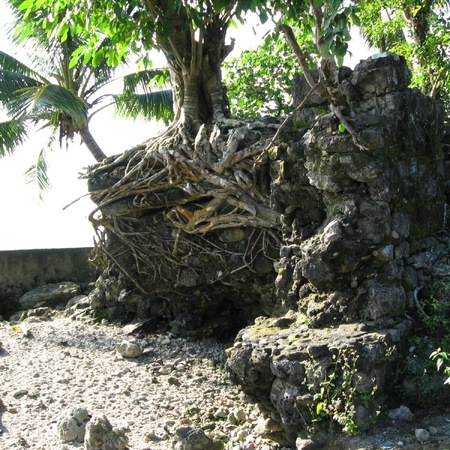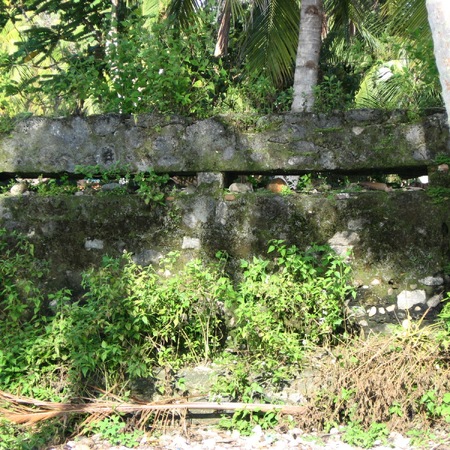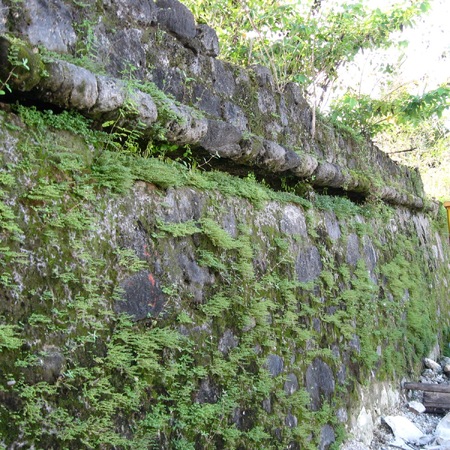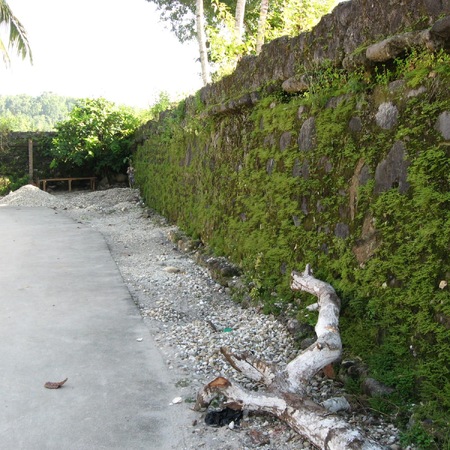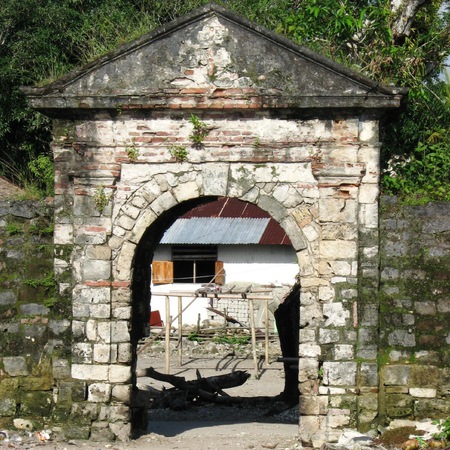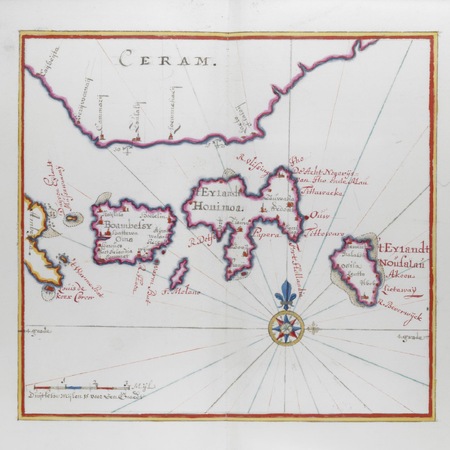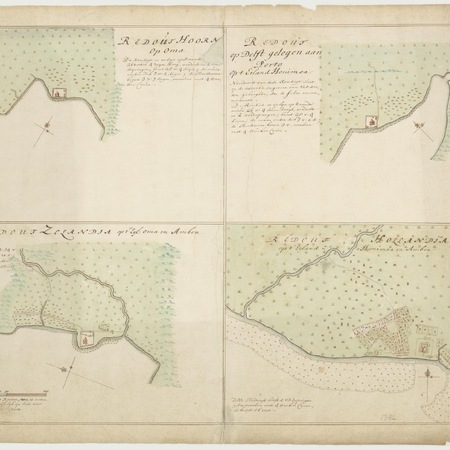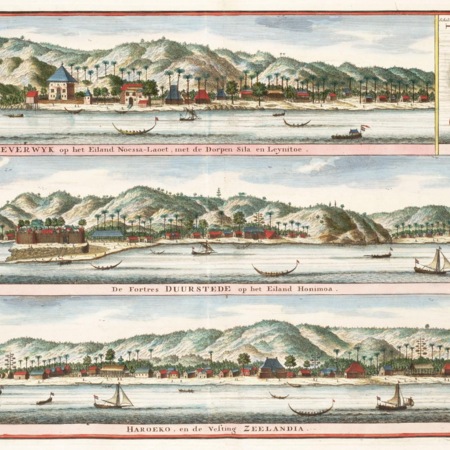Predecessing the fort of which remains are still visible today, probably two earlier VOC forts have stood on the west coast of Oma island. In 1626 Governor Jan van Gorkum commissioned a small fort to be built near Oma village. It was, however, both badly constructed and situated because it could be easily shot at from the mountains around it, and it was too far from fresh water sources. In 1655 a new fort was built at Haruku village. Drawings by François Valentijn and Isaak de Graaf show us a blockhouse, very much like the blockhouses build along the Hitu coast. The stone walls of the defence tower would have been over ten meters high and one and a half meters thick. Surrounding the blockhouse stood a square structure of palisades. These wooden fencing was later replaced by a coral stone wall of around one and a half meter high. In 1817 the fort had deteriorated but because of the rebellion that broke up in the region, it was hastily repaired and withstood the attack. A year later however, a heavy gale and storm lashed from the sea, and destroyed the fort. The current remains mostly date back from works done from around 1822. From then on the fort became known as Fort Nieuw Zeelandia. From 1862 onwards soldiers were no longer stationed at the fort. It became the dwelling place of inspectors who had the duty to supervise and oversee the harvesting of cloves.
The landside of the fort with the gate and the southeastern half-bastion bastion is still mostly intact. On the seaside the structure has suffered more from the destructive forces of the sea. Within the former fort locals have built homes between the ruinous walls.
